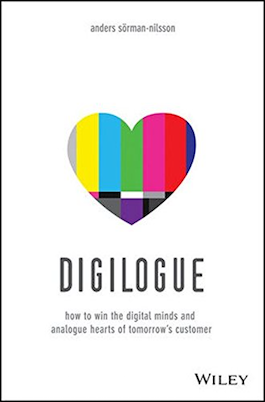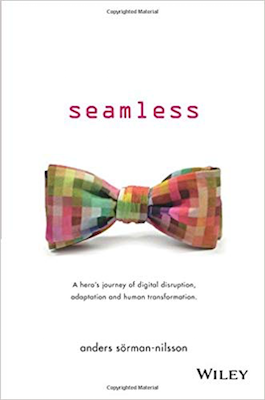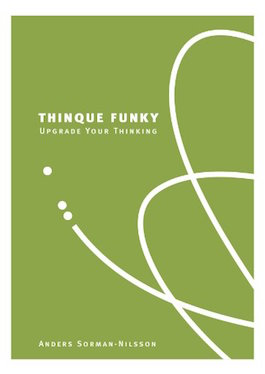
In his acclaimed book Digilogue: How to Win the Digital Minds and Analogue Hearts of Tomorrow's Customer Anders examines how consumers interact in both digital and real worlds and how to ‘provide value to digital minds, while connecting with analogue hearts’. Using his parents’ clothing store in Stockholm as an example, Anders looks at how organisations can adapt and prepare for further technological change, and why face-to-face interaction remains an integral part of that.
Anders Sörman-Nilsson is a futurist and expert working at the intersection of digital transformation, artificial intelligence and sustainability. He is the founder of the think tank Thinque, where he offers data-driven insights and strategic foresight to global brands. He has advised brands including Apple, Meta, Google, McKinsey, Lego and Rugby New Zealand on how to navigate the complexities of the modern world, decoding complex trends and turning challenges into actionable strategies.
Anders has shared his insights in several acclaimed books. In Digilogue: How to Win the Digital Minds and Analogue Hearts of Tomorrow’s Customer, he examines how consumers interact in both digital and real worlds and how to ‘provide value to digital minds, while connecting with analogue hearts’. He followed this up with Seamless, where he considers how important it is for any business to allow customers to move from the digital to the real world without noticing a difference. His most recent book is Aftershock.
Anders highlights the important influence on real people that the rapid change in technology is having and how to prepare for it. He looks at how best an organisation can prepare itself for the changes and the role of leadership in ensuring the best people are in the best position to meet the digital challenges of the future. He considers concepts like the degree of trust people put in what they see and read online compared to their perception of being told in person and how to combine the immediacy and variety of online with the impact of the real world.
He is a Brand Ambassador for Adobe, and his thought leadership extends to impactful trend reports including the Microsoft-commissioned "How Artificial Intelligence is Powering Australian Retail”. His insights have been featured in prestigious publications such as the Wall Street Journal, Forbes, and the BBC, as well as on the 2nd Renaissance Podcast, which he hosts.


